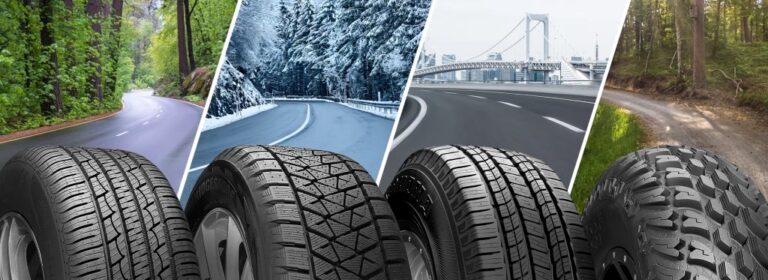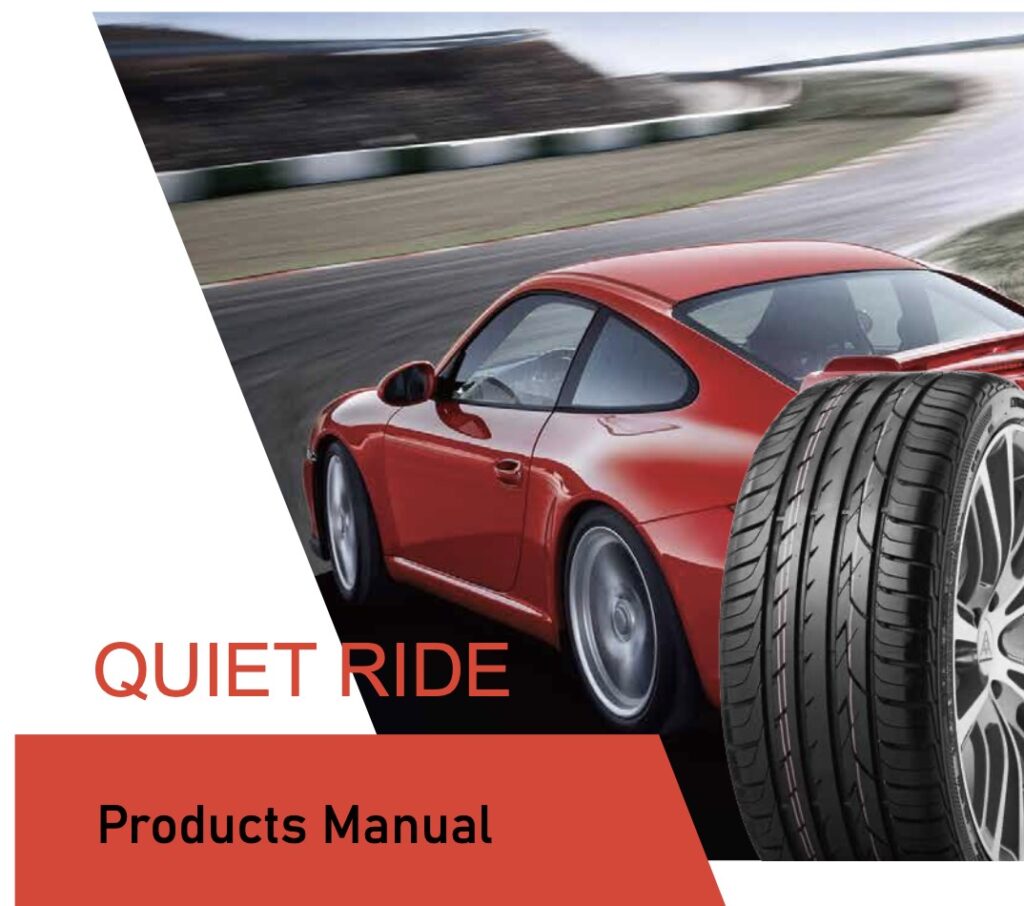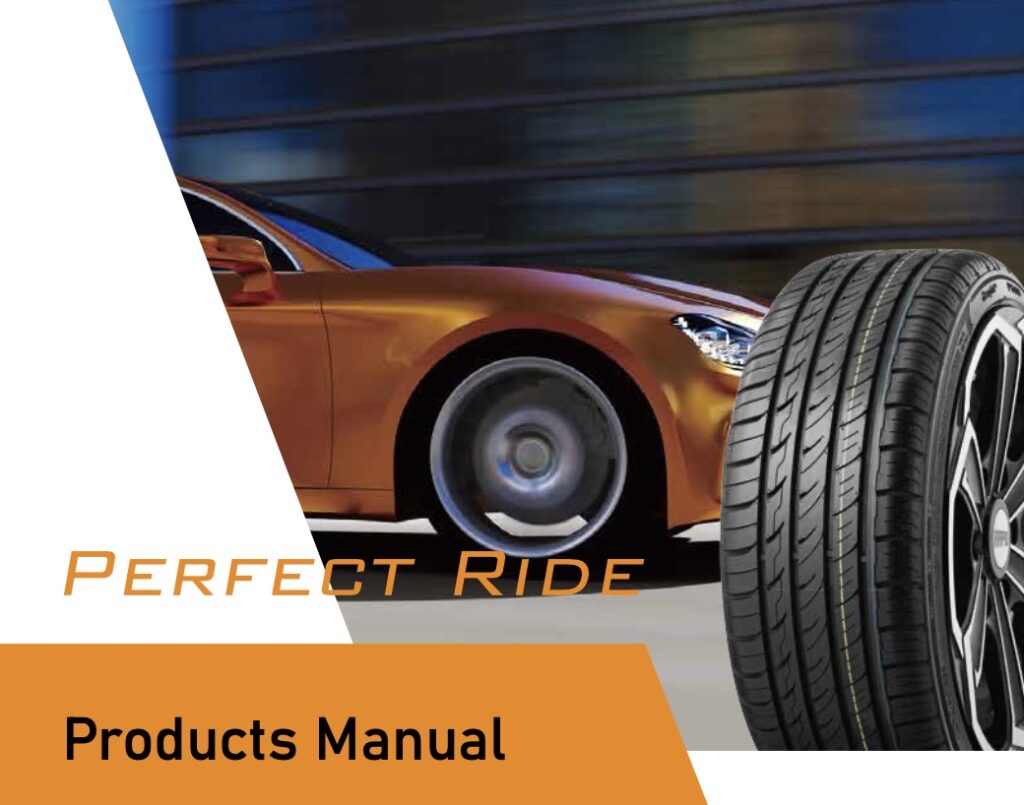“People wear shoes, while vehicles are equipped with tires.” As the ‘shoes’ of trucks, tires bear the heavy responsibility of carrying trucks for thousands of miles each day. So selecting the Best Value Tyre for trucks is crucial for ensuring safety, load capacity, fuel efficiency, durability, adaptability, compliance, and cost-effectiveness.
I. How to choose Best Value Tyre
1. Tyre brands and Tyre Size
1.1 Choosing reputable brands known for their good reputation and quality products.
For truck tires, durability, safety and load-carrying capacity are key factors to consider. Such as brands Michelin, Bridgestone, Pirelli, Chengshan, Aeolus, Double Coin, Sailun and Zhengxin are well-regarded in the truck tire industry.
1.2 When selecting tires, choose the model that is suitable for your specific truck.
When selecting tires, it is crucial to choose a model that is specifically designed and suitable for your particular truck. Different trucks have varying load capacities, axle configurations, and intended applications, which influence the tire requirements.
For example if you need the tire size 12R22.5, then you need to know the tyre specification of this size.
Size | PR | Load index | Speed rating | Rim | O.D(mm) | Section width | Load capacity | Pressure |
12R22.5 | 18 | 152/149 | L | 9.00 | 1088 | 300 | 3550/3250 | 930 |
2.What are the best truck tires
2.1. Difference between radial and bias tyres
Radial tires are constructed with layers of reinforcing cords placed radially from bead to bead. The cords are covered by belts and topped with a tread layer. Bias tires have multiple layers of reinforcing cords (typically polyester or nylon) that crisscross diagonally from bead to bead at various angles. The layers are then topped with a tread layer.
2.2. Advantages and disadvantages of each tyre type
Radial tires provide better heat dissipation, less risk of tire damage and extended tire life. Radial tires also provide better stability at high speeds and improved resistance to hydroplaning. Bias tires are preferred for their durability and load-carrying capacity. They are commonly used in heavy-duty applications and off-road conditions. Bias-ply tires can withstand rough terrains and have better resistance to cuts and punctures.
3.Tread Pattern
3.1 Lug pattern, generally suitable for vehicles with dual rear-wheel drive.
The wide tread design is suitable for driving on slippery surfaces with single-wheel drive. The larger contact area between the tread and the ground provides increased friction, making it easier to climb out of difficult conditions.
Besides, the lugs on the tire have large gaps, allowing for better control on typical slippery surfaces, reducing the risk of vehicle sliding.
3.2 Rib pattern, suitable for installation on the front steering wheels of vehicles.
These tires typically have a narrow center rib and tread pattern consisting of lines or grooves. When installed on the front wheels of a vehicle, they provide good stability and contribute to improved directional control. Additionally, their thinner sidewalls offer a softer ride and effective shock absorption. However, they are not suitable for heavy loads.
II. Assessing Truck Tyre Performance
Evaluate various factors that contribute to the overall performance and suitability of the tires for specific trucking applications. Here are key aspects to consider when assessing truck tire performance:
1.Load Capacity
Evaluate the tire’s load-carrying capacity to ensure it meets the requirements of your trucking needs. Consider the maximum load rating, load index, and ply rating of the tires. Ensuring the tires can handle the anticipated loads is essential for safe and efficient operation.
2. Traction and Grip
Assess the tire’s ability to maintain traction and provide adequate grip on different road surfaces and conditions. Consider the tire’s tread pattern, tread depth, and the type of rubber compound used. Tires with deeper and more aggressive tread patterns usually offer better traction, especially in off-road or challenging conditions.
3.Fuel Efficiency
Evaluate the tire’s rolling resistance, as it directly affects fuel consumption. Tires with lower rolling resistance can contribute to improved fuel efficiency and reduced operating costs. Look for tires with fuel-efficient design features and technologies, such as low rolling resistance compounds or optimized tread patterns.
4. Handling and Stability
Assess the tire’s handling characteristics and stability during various driving maneuvers. Consider factors such as sidewall stiffness, tread flexibility, and overall tire design. Tires with good handling and stability characteristics provide better control, responsiveness, and stability on the road.
5. Noise and Comfort
Evaluate the tire’s noise levels and its impact on driver comfort. Look for tires designed to reduce road noise, as excessive noise can be fatiguing for drivers during long hauls. Tires with advanced noise reduction technologies or optimized tread patterns can help enhance comfort.
III. Balancing Cost and Performance
1. Considering Budget
1.1. Identify budget limitations and cost expectations
You can identify your budget limitations, set realistic cost expectations, and make informed decisions when purchasing truck tires that meet your financial constraints while still fulfilling your performance and durability requirements.
1.2. Exploring cost-effective options without compromising quality
Look for reputable tire brands that offer cost-effective options without compromising on quality. Some manufacturers produce budget-friendly tire lines that still meet industry standards and offer satisfactory performance. Research customer reviews and ratings to gauge the reliability and quality of these value brands.
2. Long-Term Cost Analysis
2.1. Assessing the total cost of ownership for different tyre options
Assessing the total cost of ownership for different tire options involves considering various factors beyond the initial purchase price. It helps you evaluate the long-term costs associated with owning and maintaining the tires.
2.2. Considering factors such as fuel efficiency, durability, and maintenance
Comparing tire options, evaluate the TCO by considering the fuel efficiency, durability, maintenance requirements, repair costs, retreadability potential, and manufacturer’s support. Balancing these factors will help you select tires that offer the best value over their lifespan while considering your specific trucking needs and budget limitations. Consulting with tire experts or industry professionals can provide further insights tailored to your requirements.
3. Warranty and Support
3.1. Understanding warranty coverage and limitations
Carefully review the warranty documentation provided by the tire manufacturer before making a purchase. If you have any questions or need clarification, reach out to the manufacturer or authorized dealer for further information. Understanding the warranty coverage and limitations ensures you can make informed decisions and leverage the warranty benefits if necessary.
3.2. Evaluating manufacturer support and customer service
By considering manufacturer support and customer service, you can gain a better understanding of the manufacturer’s support and customer service quality. Prioritizing a manufacturer with a positive reputation, responsive communication, efficient warranty claims process, technical expertise, and a reliable dealer network can provide peace of mind and a smoother experience throughout the ownership of your tires.
In conclusion, when choosing the best value tire for trucks, consider the key factors to assess the total cost of ownership and overall value. Then you can make an informed decision when selecting the best value tire for trucks. It’s important to balance factors like performance, durability, fuel efficiency, warranty coverage, and manufacturer support to optimize the total cost of ownership and ensure the tires meet your specific trucking needs.




















